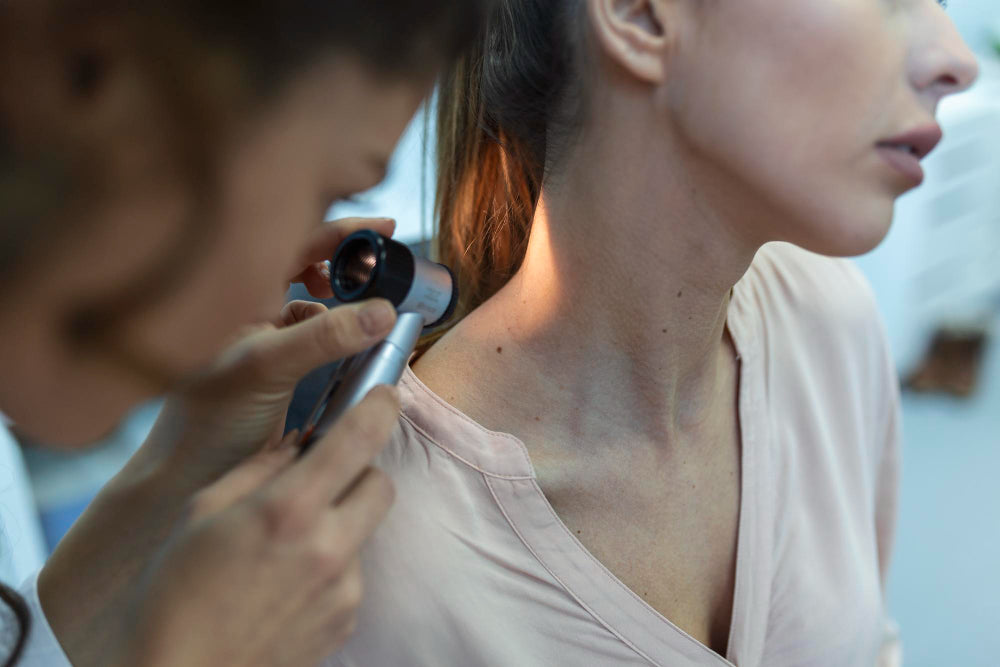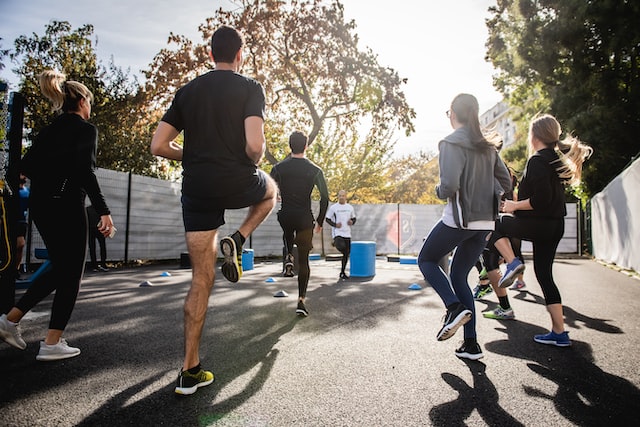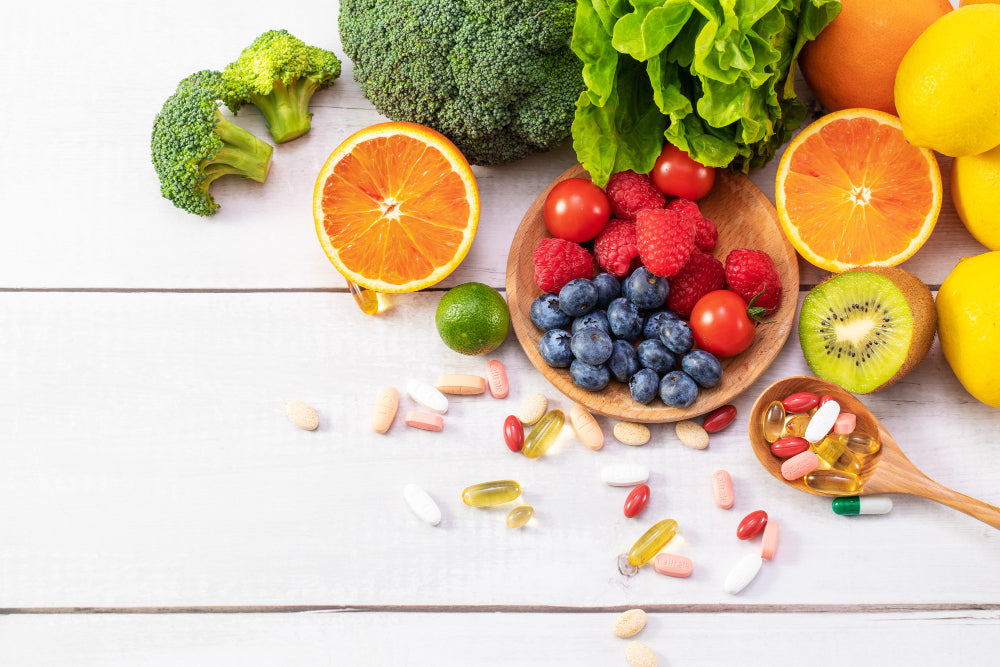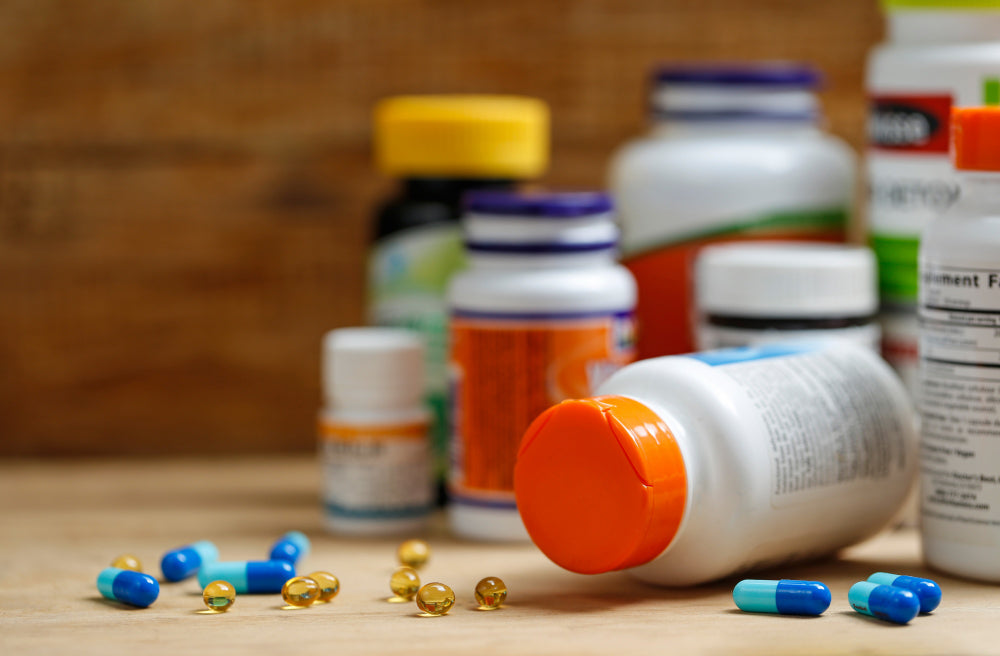You may not know much about vitamins and minerals, but almost certainly, you’ve heard about vitamin D. Vitamin D is most closely synonymous with the sun, where its UV rays penetrate the skin and produce the vitamin within the body. Second to the sun, the vitamin can be sourced from supplements and some foods. Vitamin D is most necessary for the absorption of calcium, bone mineralisation, bone and muscle strength, and even the regulation of mood.
Have you ever wondered if one form trumps another, in terms of its efficacy within the body?
Sun vs supplement. I’m sure many a study has been conducted to determine whether vitamin D supplements hold a candle to the sun in terms of the efficacy of the vitamin.
If Yale Medicine is to be believed (and we have a hunch that it is), the vitamin D we derive from the sun is no better than that which comes from a supplement. The institution resolves that both can boost vitamin D levels to a healthy range.
One of the differences Yale observed was that the supplement was both fast-acting and clearing. This is because of its association with lipoproteins, which allow it to pass from the stomach into the blood supply at a faster rate. Sun synthesised vitamin D, on the other hand, was slower to act but sustained increase and release. Its impact is lesser, but its presence in the body, longer.
the difference between the way vitamin D is processed through our body in either form is similar to that of long-acting and fast-acting insulin taken by diabetics to compensate for their malfunctioned pancreas. Fast-acting insulin works to counterbalance the effects of food on a diabetic’s blood glucose levels. It is, as the name suggests, fast acting; designed to meet the spike in the person’s BGLs and lower it to the optimal range (between 4 and 8). The long-acting insulin, by contrast, releases slowly within the bloodstream for a longer period, designed to provide stability in blood glucose levels throughout the day and night by delaying absorption.
Just as with the two sources of vitamin D, they both achieve the same goal, through different means.
Supplements such as Ostelin Vitamin D3 work to replace the vitamin D3 that we would otherwise get from particular foods, or sun exposure. Our body synthesises vitamin D3 (a sub-type of vitamin D) from cholesterol when it is exposed to the sun.
There are two types of vitamin D: D1 and D2 (did anyone else just conjure up images of Bananas in Pyjamas?). One is not more important than the other in terms of its efficacy in the body. Vitamin D2 is manufactured by exposing a plant sterol to ultraviolet energy. Vitamin D3 is formed through the conversion of the precursor through ultraviolet B (UVB) energy from sunlight. The two are so similar, however, that they usually get classified as the same thing.
The consequences of having insufficient levels of vitamin D can include an increased rate of bone loss and in some cases, osteomalacia. Other symptoms of a vitamin D deficiency can include moodiness and depression, weight gain, increased thirst, tiredness and fatigue…even stress fractures!
Healthdirect indicates that more than 1 in every 3 Australian adults have a vitamin D deficiency, ranging from mild to severe. It would come as a surprise to no one that those who work indoors 38+ hours a week are not going to be getting an adequate supply of vitamin D through sun exposure. For people like this, supplements may in fact be the only way they are able to maintain a recommended intake of the vitamin. The added advantage is that sourcing your vitamin D intake through supplements will help you eliminate (or, at least, reduce) the risk of sun damage that could include skin cancer.
Vitamin D that is sourced through food alone is not sufficient in maintaining recommended levels within the body.
Think you can’t get too much of the stuff? Turns out you can! A vitamin D overdose can look like feelings of nausea, apathy, vomiting, dehydration, confusion, increased thirst and abdominal pain - all of which are a by-product of an increase in calcium levels.
This can most commonly occur through excessive consumption of the supplement, and less commonly in vitamin D obtained through sun exposure and foods. Any vitamin D produced through sun exposure will become regulated by the body. High levels may result in vitamin D toxicity, although this is rare and only occurs with extremely high doses.
Have we freaked you out? Well, the recommended daily dose of vitamin D is very clear, so stress not! If you are getting your vitamin D in supplement form, the recommended dose is between 600 IU and 4000 IU per day. The recommended dose increases are paralleled with the level of deficiency experienced.
Ostelin Vitamin D3 offers supplements in a variety of doses, ranging from 200 IU - 7000 IU. the selection of products specialise in vitamin D and calcium, and include:
Vitamin D3 1000 IU, capsules
Calcium and Vitamin D3, tablets
Cal-DK2, tablets
Vitamin D3 1000 IU Liquid, oral liquid
Calcium and Vitamin D3 Chewable, tablets
Kids Vitamin D3 Liquid, oral liquid
Infant Vitamin D3 Drops, oral liquid drops
Kids Milk Calcium and Vitamin D3 Liquid, oral liquid
Kids Calcium and Vitamin D3, chewable tablets
Bone Strength and Collagen Support, tablets
Bone Strength and Iron, tablets
Bone Strength and Magnesium, tablets
Vitamin D is vitamin D, no matter which way it comes. Go and get your sunshine, but don’t go overboard. Go and take your supplements, but don’t go overboard. And go and eat your vitamin D-rich foods, and feel free to go a little overboard (as they do not contribute a lot in the way of the vitamin within your body).
Blood tests are a great way to determine if your vitamin D levels are adequate. If you are experiencing symptoms similar to those described above, see a doctor for a review.
Image Sources by: Freepik
Author: @wirestock



















































